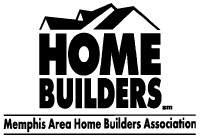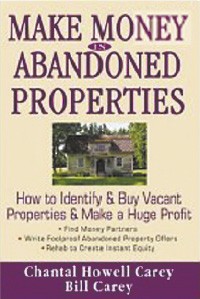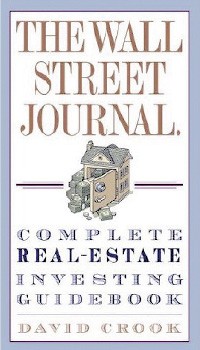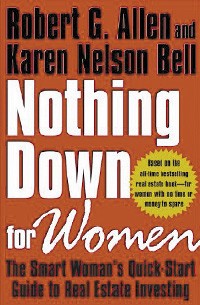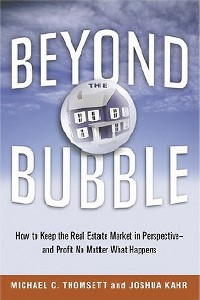Look around. The grass is green, the sun is shining, and summer is definitely here. You can see the difference all over the Mid-South. People are outside enjoying themselves and doing all the things that are typical of summer: working in the yard, grilling outdoors, and scanning the real estate section for open houses.
The climate is right for buying a new home too. Interest rates are near historic lows. A 30-year fixed mortgage at around 6 percent is always attractive, but when you combine that with a strong economy, rising home values, and a projected demand for homes in Memphis well into the future, you’ve got a market that puts you in the driver’s seat.
And the driver’s seat is exactly where you belong. From there you can take the family for a nice weekend drive and explore the new developments in our area that are calling your name. Your ideal model home, lot, or condominium is waiting to be discovered.
As with any trip, it’s best to start with directions. You can map out your day by using A Change of Address magazine, found at the Memphis Area Home Builders Association, Schnucks, Kroger, Wal-Mart, Sam’s, and Blockbuster stores around the Mid-South. The magazine is a great way to learn what local builders and developers have to offer. Make a list of the subdivisions or model homes that appeal to you, and work from there. As you are driving, keep your eyes open for additional developments; you may be pleasantly surprised by what you see.
Take the time to tour a few developments so you can compare what each one has to offer. Remember that most developments have restrictions that will impact things such as the size of your home, its placement on your lot, and the materials used on the exterior. While these restrictions are designed to protect the architectural integrity of homes in the subdivision, and thus protect the resale value of the homes, they also can impact your building costs.
You should also keep in mind that condominium living is different from single-family-home living. The benefits of having someone else maintain the exterior of your home are great for those who are getting older or those who simply do not have the time to dedicate to a yard or a garden. Monthly association fees cover these costs and more.
Touring model homes and condominiums is much like visiting a car lot. You get to “kick the tires” by taking the time to evaluate the floor plan, the attention to detail, and the pros and cons of the house or condominium as it relates to the way your family lives. Only when you tour a model is there is a salesperson on hand who can educate you on the home or condominium you are touring. ■
For the latest copy of A Change of Address, visit one of the stores listed above or call the Memphis Area Home Builders Association at 756-4500.
Keith Grant is president of the Memphis Area Home Builders Association.
